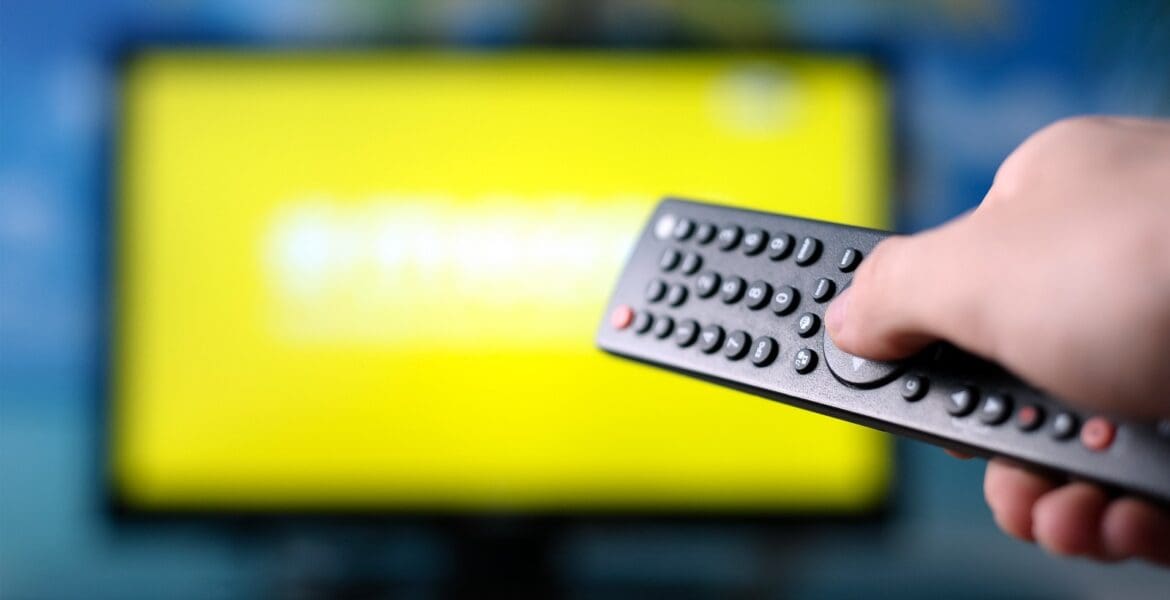By Cort Irish. VP, Marketing & Communications, Claritas
Fast-growing digital channels such as Connected TV make it easier than ever to create a multichannel marketing strategy that maximizes your return on investment.
The world of television is changing fast – and so is the world of television advertising. Connected TV (CTV) is today’s hottest growth area, with ad spending projected to jump 14.4% this year, according to the Interactive Advertising Bureau (IAB). That’s more than double IAB’s projected 5.9% growth in overall ad spending. Meanwhile, IAB projects that ad spending in the Linear TV broadcasting and cable world is expected to drop 6.3%.
That means most marketers are taking a hard look at their advertising budgets and asking themselves: Should I shift my advertising strategy and invest (or invest more) in Advanced TV options such as Connected TV? And how much should I invest? To answer those questions, you need to focus on one key thing: Measuring the right data.
How to Build a Successful Connected TV Strategy
When it comes to advertising, Connected TV offers one big benefit compared to traditional Linear TV. Linear TV ads are still largely measured based on impressions, not actual conversions. This makes it difficult for marketers to calculate an accurate return on investment (ROI). In contrast, Connected TV allows brands to go beyond measuring “eyeballs.” Instead, Connected TV allows the use of audience and IP address data to link specific advertisements more directly to actual conversions and/or engagements. That makes it much easier to use an ROI-based approach to determine how many advertising dollars you should invest in Connected TV. You can do this by finding an independent, third-party data partner that can help you:
- Run a test campaign that measures conversion and engagement, not just awareness. The only way to understand the return on a Connected TV or any other advertisement is by measuring how effective your campaign is in producing your desired result – that is, measuring whether a campaign drives consumers to purchase, register, visit a store or whatever key performance indicator (KPI) you use. Fortunately, quantifying the effectiveness of a Connected TV campaign is now easier than ever. Why? Because technology-based advertising companies like Origin help marketers not only build more engaging Connected TV ads but also help them measure the effectiveness of those ads. In fact, Origin recently partnered with third-party data provider Claritas to allow its clients to precisely measure the number of conversions produced by Origin-developed ads.
- Compare ROI across channels. Of course, understanding the effectiveness of a single channel is only part of the equation. To truly understand how many ad dollars you should dedicate to Connected TV, you need to understand how effective the channel is in relation to the other channels in your marketing mix. A good data analysis provider can provide you with a complete assessment of your overall campaign’s ROI, both on a per-channel and a comparative multichannel basis. To get this level of analysis, you need a data provider that can measure conversions across many channels and screens – including advertiser websites, in-store traffic, offline sales (credit card and shopper card data), in-app purchases and Connected TV/Over-the-Top viewing data.
- Use cross-channel data to optimize your campaign. Your data partner should not only measure ROI across online and offline channels, it should also provide an ROI analysis of that data that allows you to adjust and optimize your campaign to boost your return. For instance, a good partner should be able to pinpoint which channels and messages are the most and the least effective. That partner should tell you what specific type of consumers are buying (and which are not). And it should evaluate the impact that ad placement and frequency have on sales. Finally, your partner should be able to provide this information as the campaign is running so you can quickly readjust your marketing mix to maximize your return.
- Leverage data to target the Connected TV consumers who are most likely to buy from you. Another benefit of Connected TV versus Linear TV is that Connected TV allows you to create a more targeted campaign than the “spray-and-pray” campaigns traditionally offered by Legacy TV. In fact, you can easily create a targeted list of Connected TV prospects that have the same attributes and behaviors as your best customers, thanks to partnerships like the one between Claritas and Advanced TV platform provider Cadent. This partnership allows you to easily launch a Connected TV campaign using “off-the-shelf” data from one of Claritas’ 2,500 pre-built audience segments.
According to the IAB survey, 63% of advertising buyers say they will reforecast their media plans more frequently this year and most said they would be reforecasting at least once a month. The good news is that if you are one of the 63% mixing up your media plan, there’s no reason to be afraid to try a new digital marketing channel. With today’s advanced data analysis methods, you can quickly and easily measure just how effective a new marketing channel is in converting customers – and then compare it to the effectiveness of the existing channels in your multichannel marketing campaign. This data-based approach allows you to intelligently incorporate fast-growing new channels into your overall marketing mix without sacrificing long-term profit.








